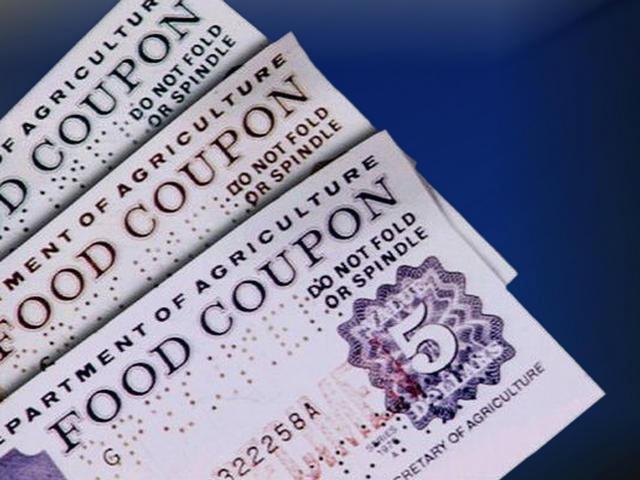A strikingly high percentage of refugees to the United States use some form of public assistance, according to a government report to Congress.
The Office of Refugee Resettlement’s Annual Report to Congress for FY2013 reveals that nearly 3 in 4 refugees were on food stamps.
Additionally, nearly half were on some form of cash assistance and more than a half were on medical assistance. More than 20 percent were on Supplemental Security Income, more than 22 percent were in public housing and nearly 20 percent were on Temporary Assistance for Needy Families (TANF).
The report noted that many households received more than one type of assistance and the data dealt with refugees who arrived in the U.S. between March 1, 2008 to February 28, 2013.
To be sure, assistance use varied among region of origin.
Refugees from Africa and the Middle East were the heaviest users of cash assistance at 61.9 percent and 68.3 percent respectively. Latin American refugees only used cash assistance at a rate of 8.1 percent and South Asia used about 42.7 percent. Data for Europe and the former Soviet Union was not available.
The use of food stamps — or the Supplemental Nutrition Assistance Program (SNAP) — also varied with 88.9 percent of refugees from Africa, 91.4 percent of Middle Eastern refugees, the Middle East, 72.9 percent of South Asia, and 36.7 percent of Latin American refugees using the benefit.
Overall, according to the report just 50 percent of refugee households in the five year window were self-sufficient.
“Approximately 50 percent of all sampled refugee households in the 2013 survey were entirely self-sufficient (subsisted on earnings alone),” the report reads. “About 39 percent lived on a combination of public assistance and earned income; another eight percent received only public assistance.”

COMMENTS
Please let us know if you're having issues with commenting.